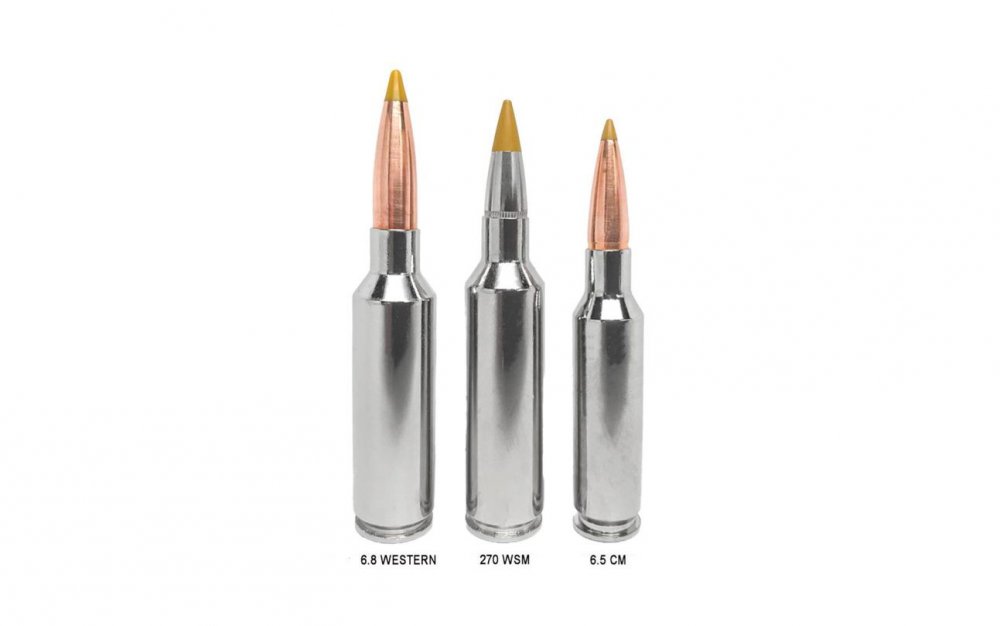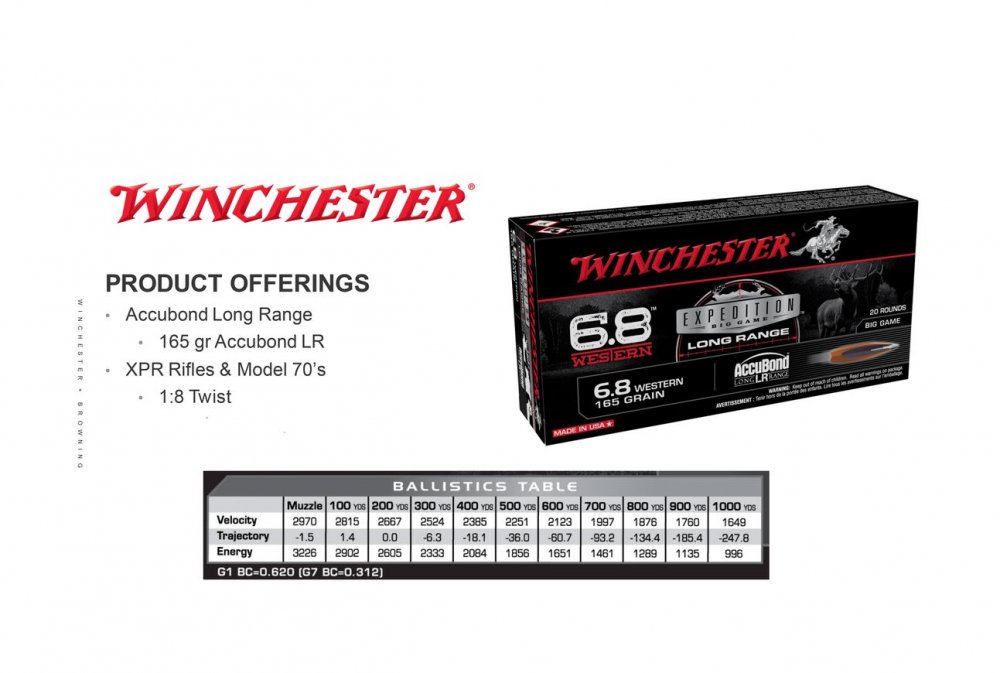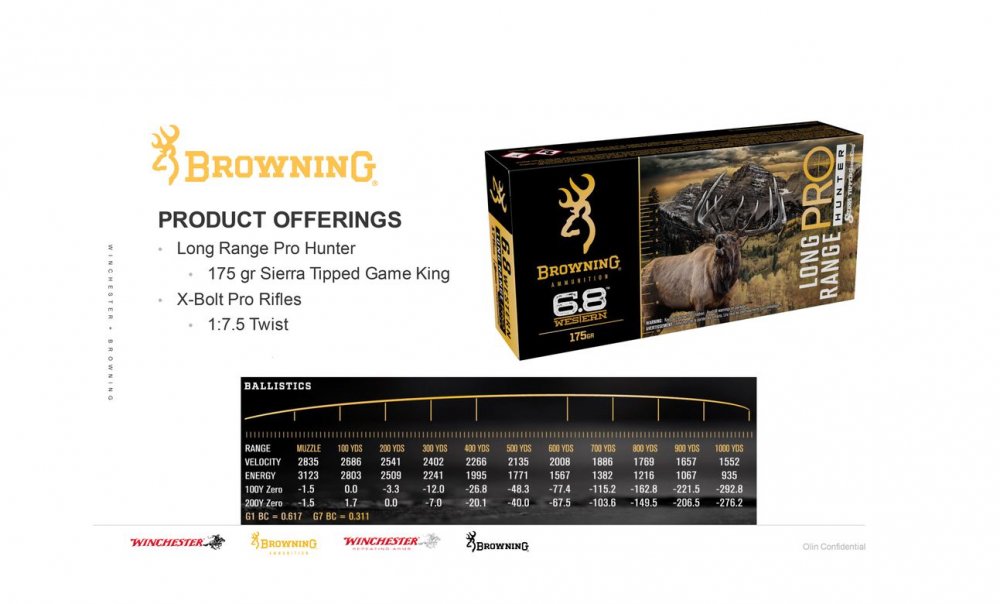We don't shoot spikes unless they are obviously a mature deer. If there is one iota of doubt, we let it walk. We can always shoot it the following year, and it prevents us from shooting yearling spikes. For example, the picture above would be a shoot-on-site.
The guidance from our biologist was that since the doe's genetics (not identifiable) are a significant factor in offspring's antler development, "culling" very young bucks was not an efficient management tool - As long as the herd vs. range population was in check.
If the pasture is overrun with deer, then reducing the total number is the primary goal, and in doing so you can chose the "inferior" young bucks, but only as part of the process of getting the population to an optimum level.
Once bucks get to 3 or 4 years, we can see the obvious bucks that are never going to develop and we try to take the scraggly ones to lessen their impact; primarily on the available food for more desirable deer, but also to remove some of those genetics from the heard as a secondary goal - But, the primary goal is always to get a mouth off the range competing for food.
We have witnessed that if we have enough bucks reach 5-6 years AND have adequate food and water, that mother nature takes care of itself with regard to antler development. If, however, the range cannot support the aggregate number of mouths, then no amount of selective culling is going to be effective until the population comes into balance.
We strive for (in this order) 1) overall population numbers 2) buck/doe ratio 3) selective "culling" - which unless #1 and #2 are address, does not seem to have any benefit.
It kills me when I see a picture of a 2 year old 6-8 point and someone calls it a cull as if that's improving their genetics. Unless they are in a closed environment and have numerous other bucks from the same breeding year with which to compare it, to me that's not a cull; it's just one less buck you'll have reaching maturity and its true potential.





